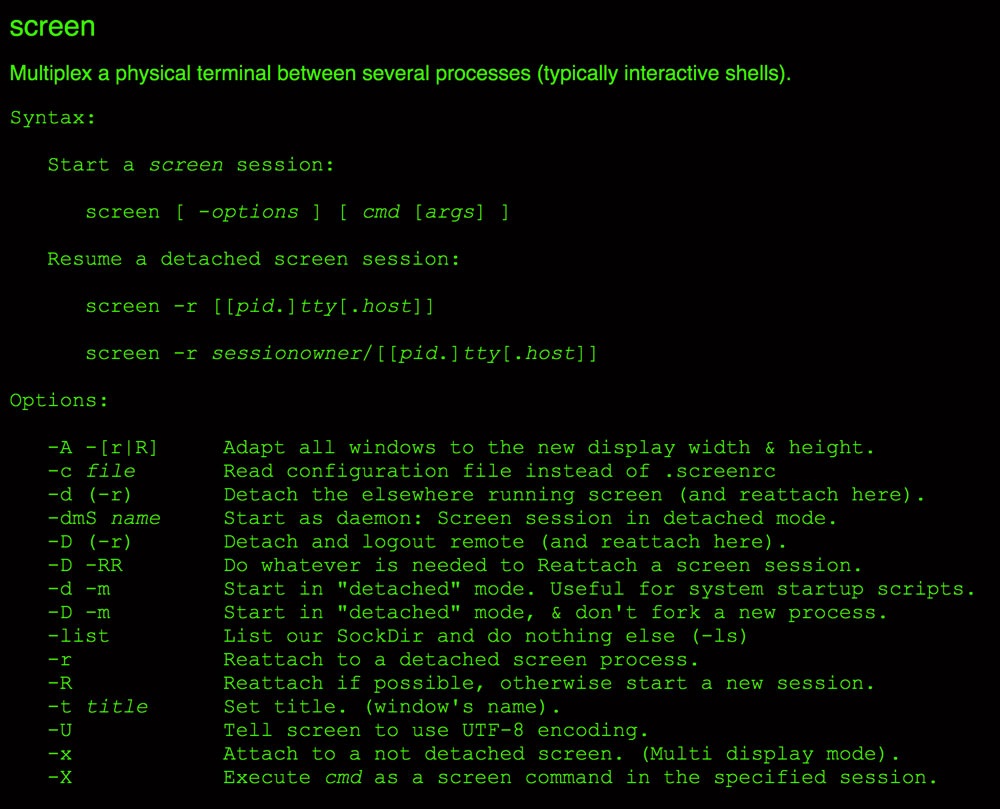
It’s important to note that these shortcuts are case-sensitive. Instead, you will hit and then the specified key. You can also access the keybindings screen for a full list. I’ve created a table to explain some basic functions. Screen is fairly easy to use, but it can still be a little confusing for new users specially because it relies completely on keyboard shortcuts in the terminal. If you are using a different package manager, obviously this command may be different.
#Screenie linux install#
Screen is not installed by default, so I will type: sudo apt install screen I am using Pop OS which is a Debian derivative distribution that uses the apt package manager. You can check to see if it’s installed by running the following: screen -version Many modern distributions include it, but it’s usually easy to install otherwise. Install Screen on your Linux distributionįirst, you’ll want to see if this software is already included with your Linux distribution. Sounds good? Let’s see more about Screen. You can send running processes and sessions to background without interrupting your current workflow. With Screen, you can do all of it from one single ‘screen’. At the same time, you may want to keep a tab on the RAM and CPU utilization on the server while doing work on the local system.

If you spend a lot of time in the terminal, you may find yourself using several terminals at once to perform different tasks.įor example, you may log in via SSH to a remote server and perform some tasks there. Screenshot of multiple terminals opened in one terminal window Should you consider using screen to improve your workflow? Let’s look at some of the reasons you might want to try it out. The Screen command in Linux allows the user to create multiple virtual terminals that can be saved by name and reopened using keyboard shortcuts.


 0 kommentar(er)
0 kommentar(er)
